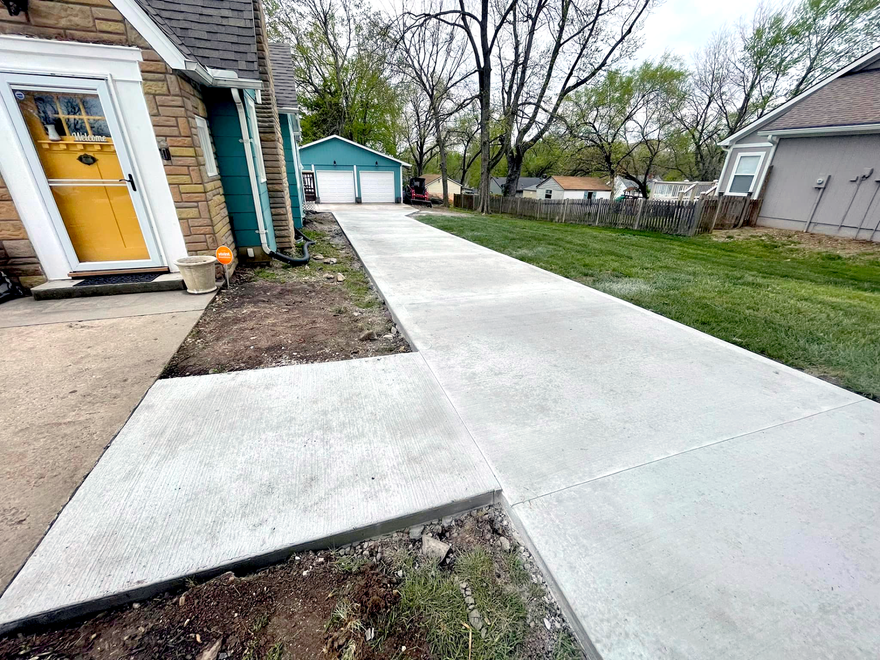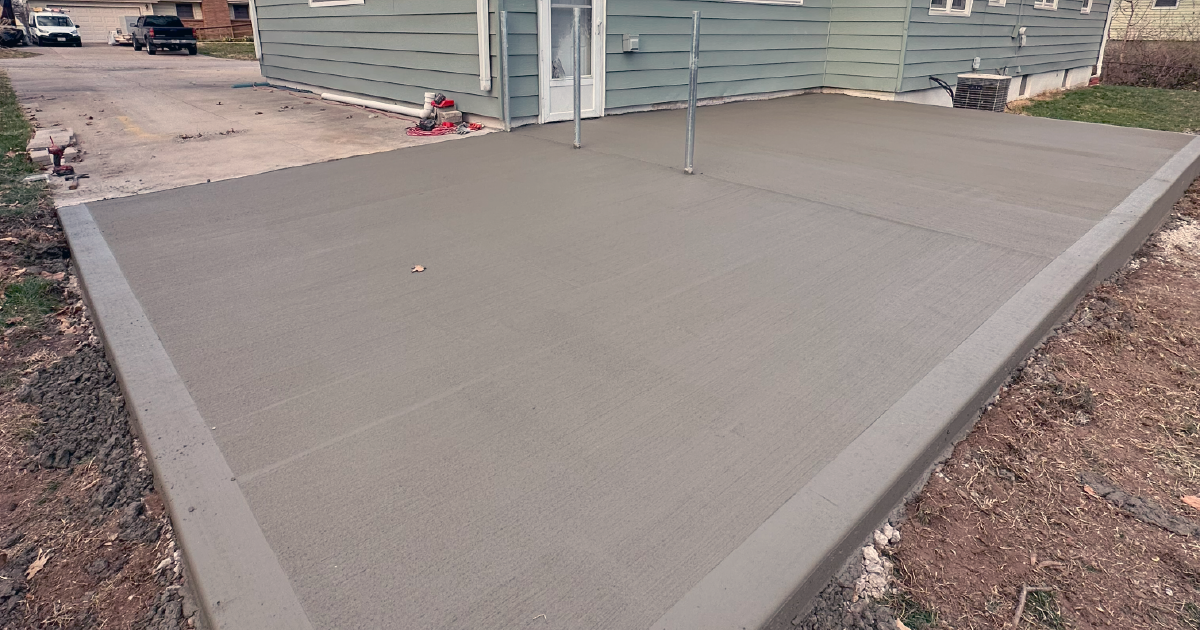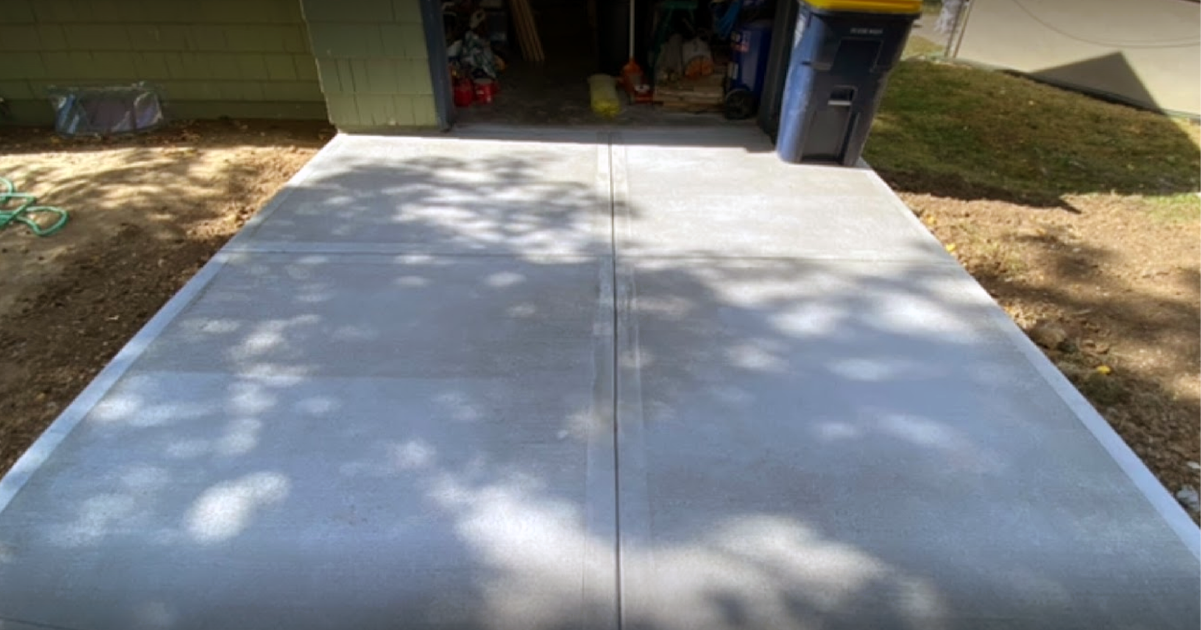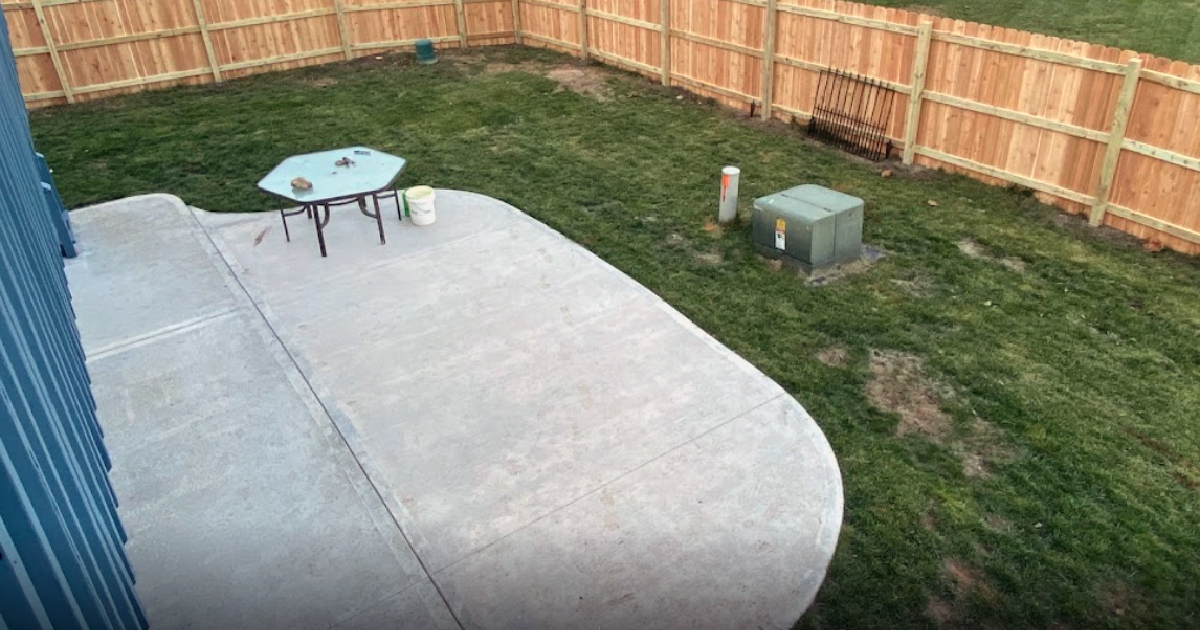Concrete and Renovation
We would love to help you on your next concrete project. Big or small we can accommodate with professional service and amazing results.
Gallery
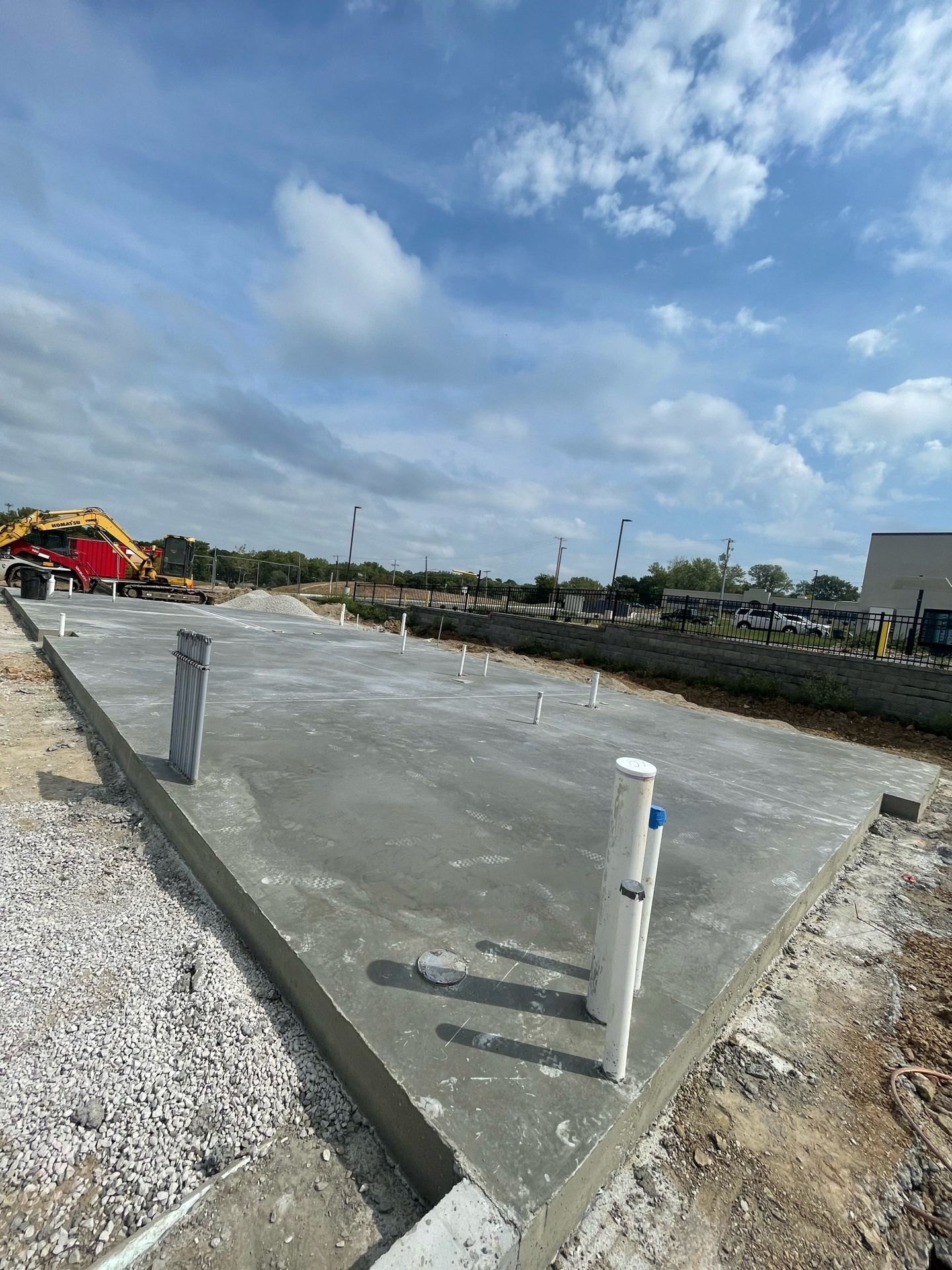
Slide title
Write your caption hereButton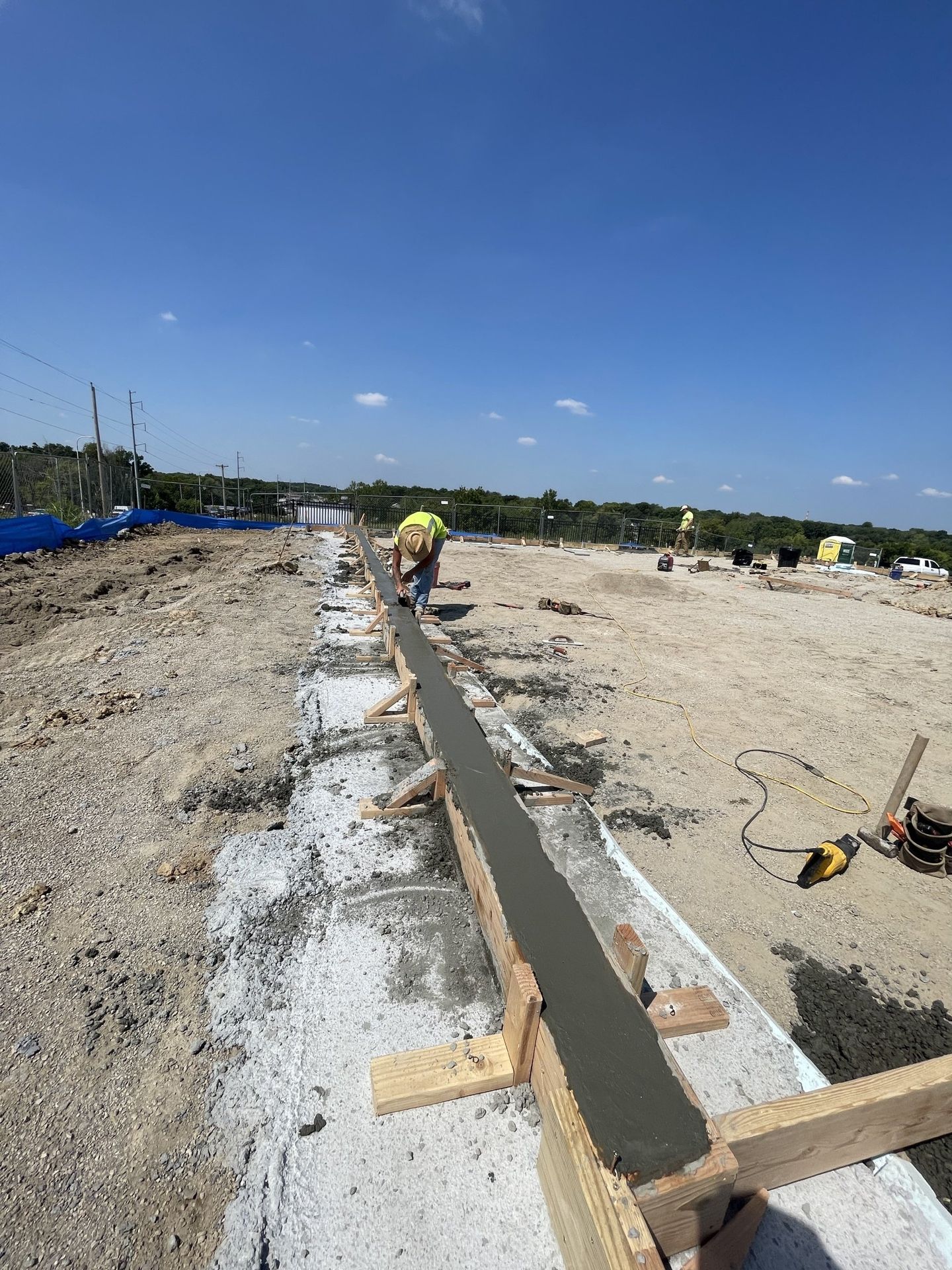
Slide title
Write your caption hereButton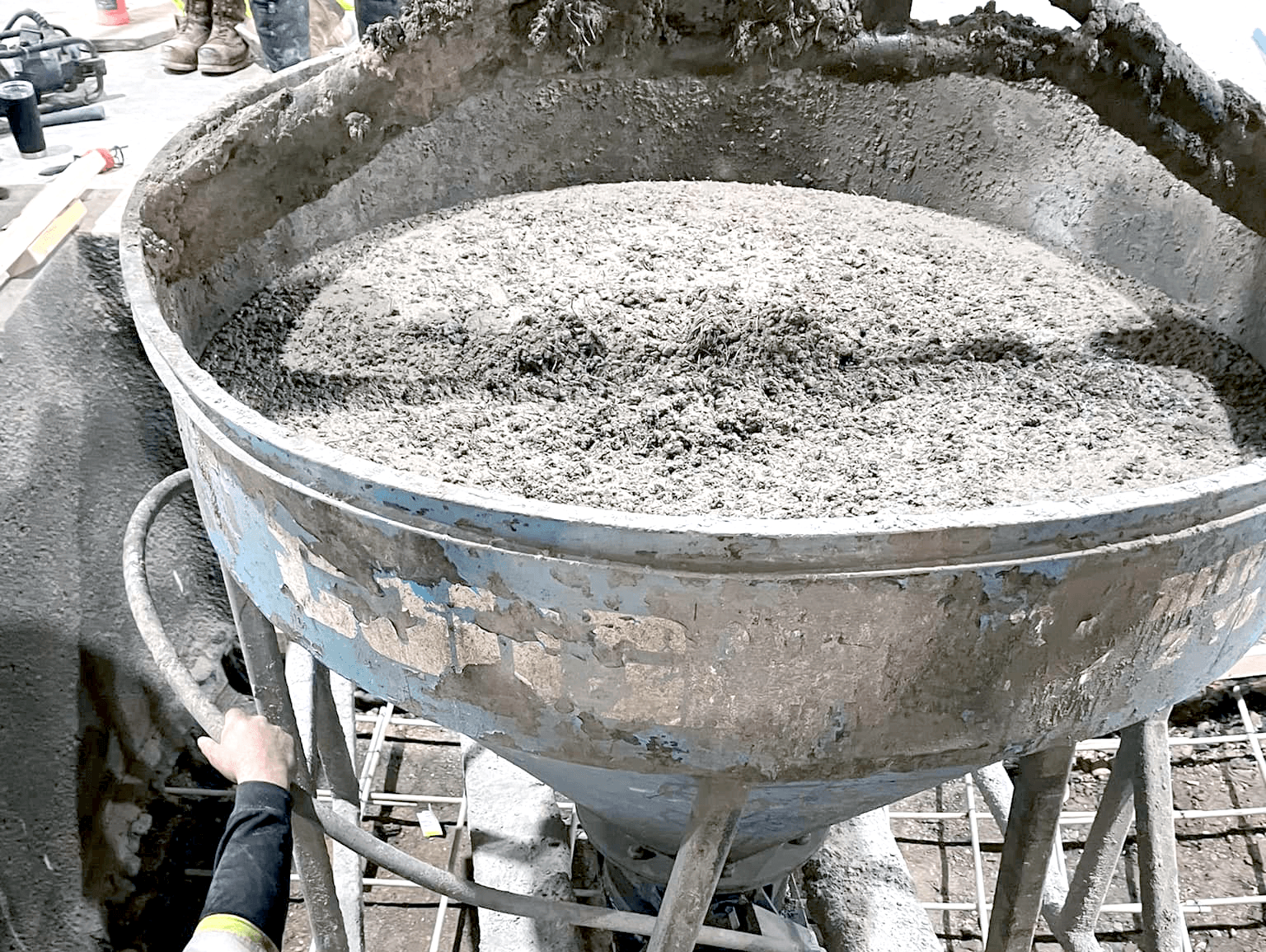
Slide title
Write your caption hereButton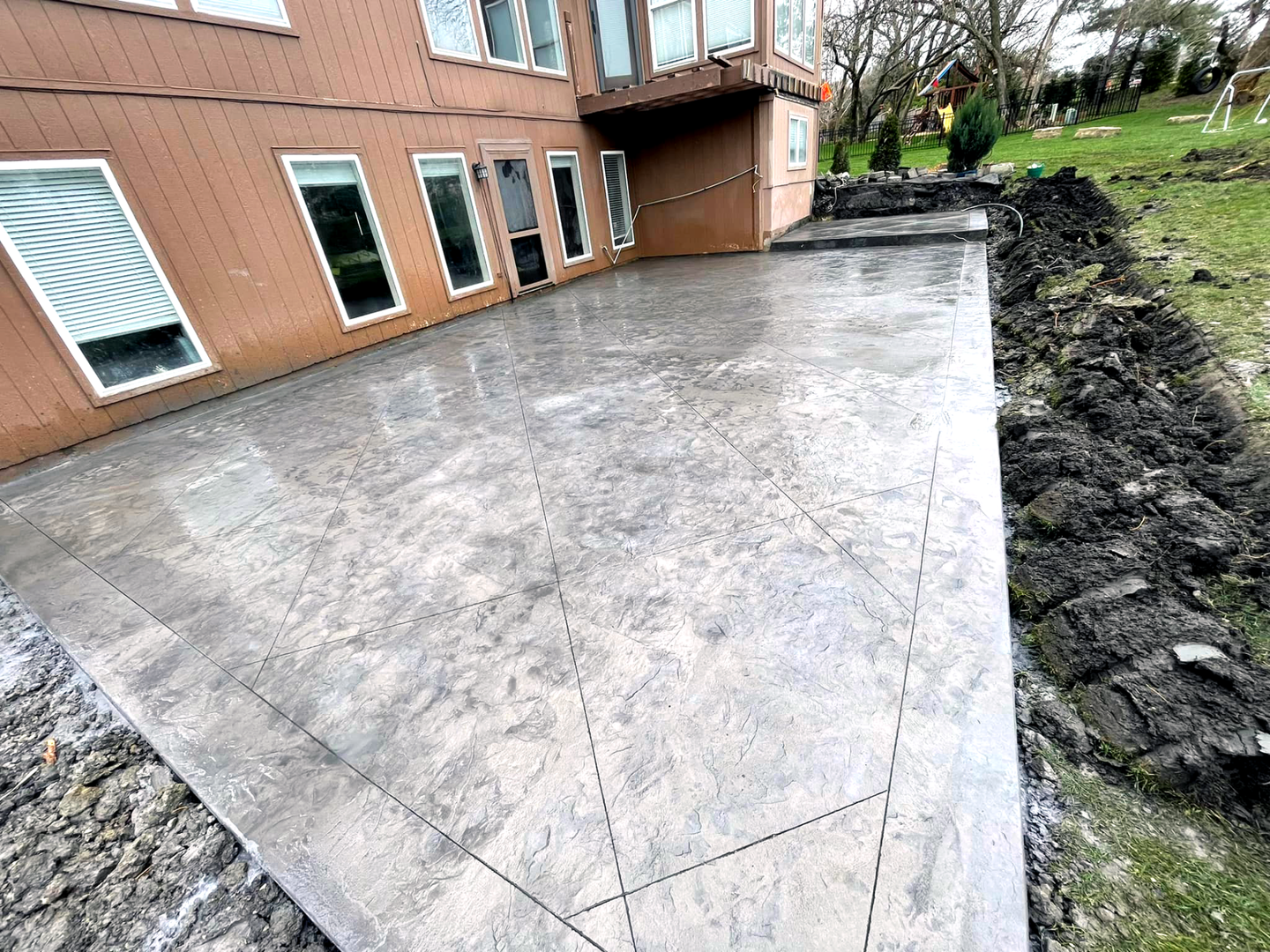
Slide title
Write your caption hereButton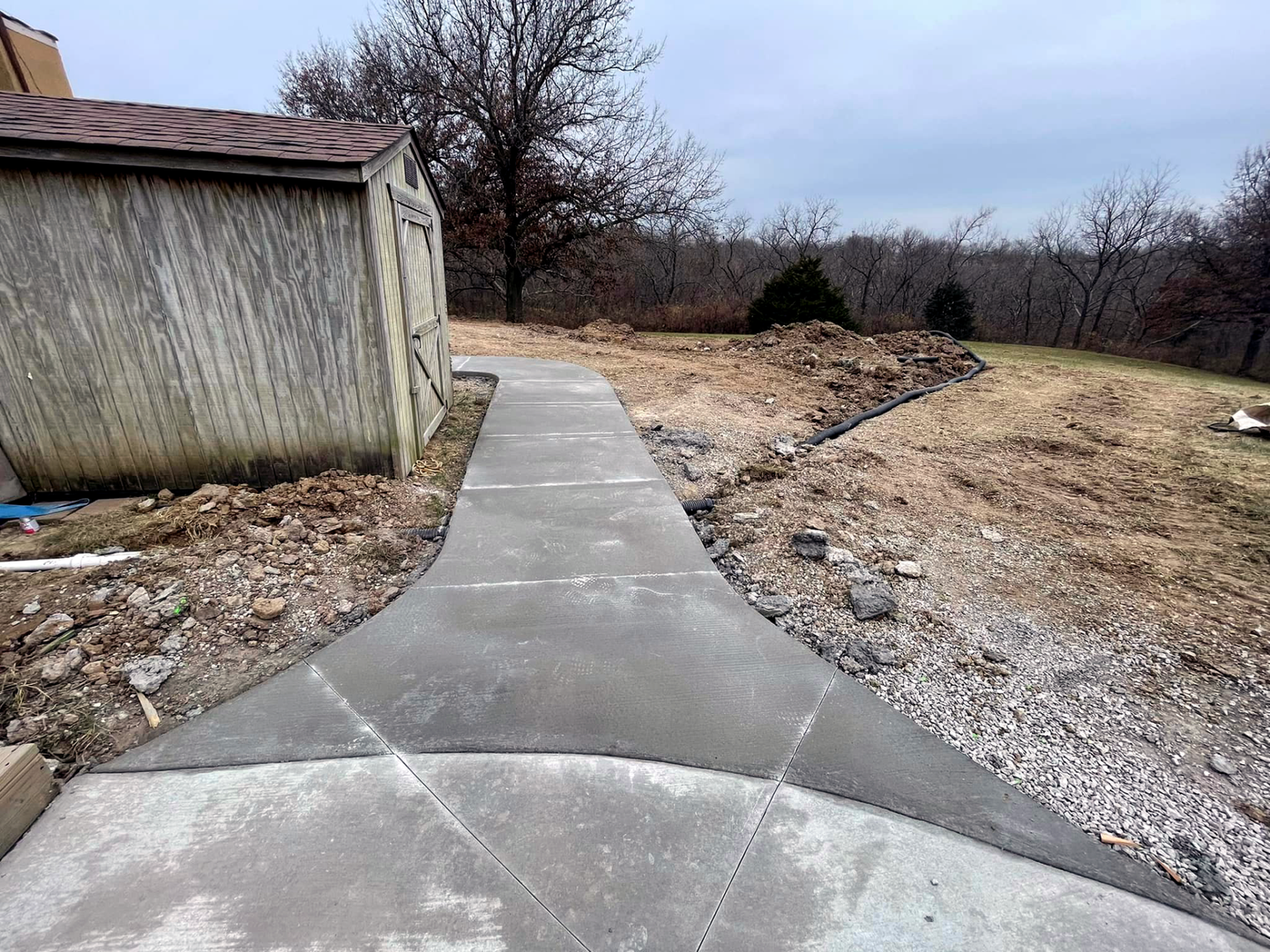
Slide title
Write your caption hereButton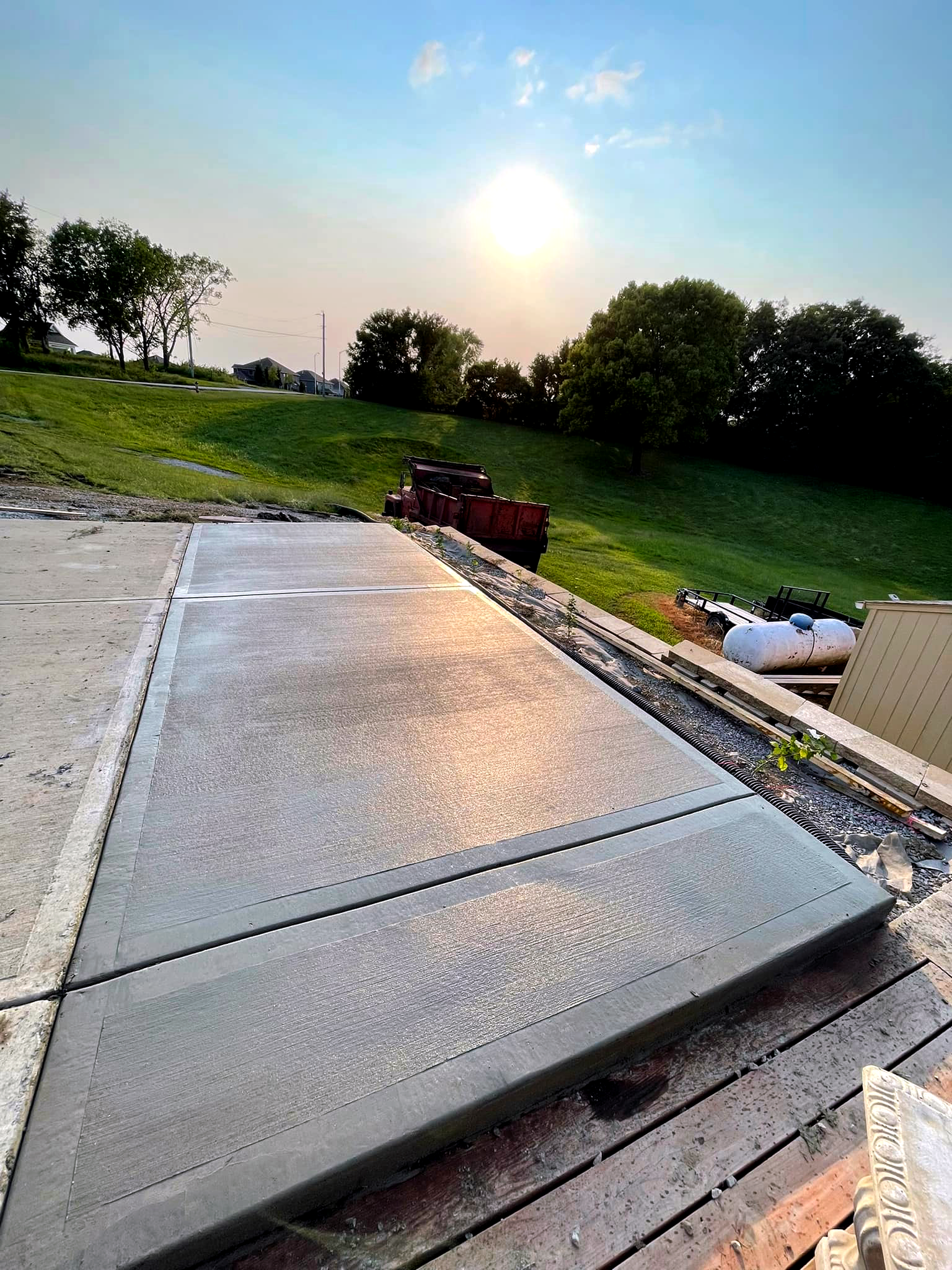
Slide title
Write your caption hereButton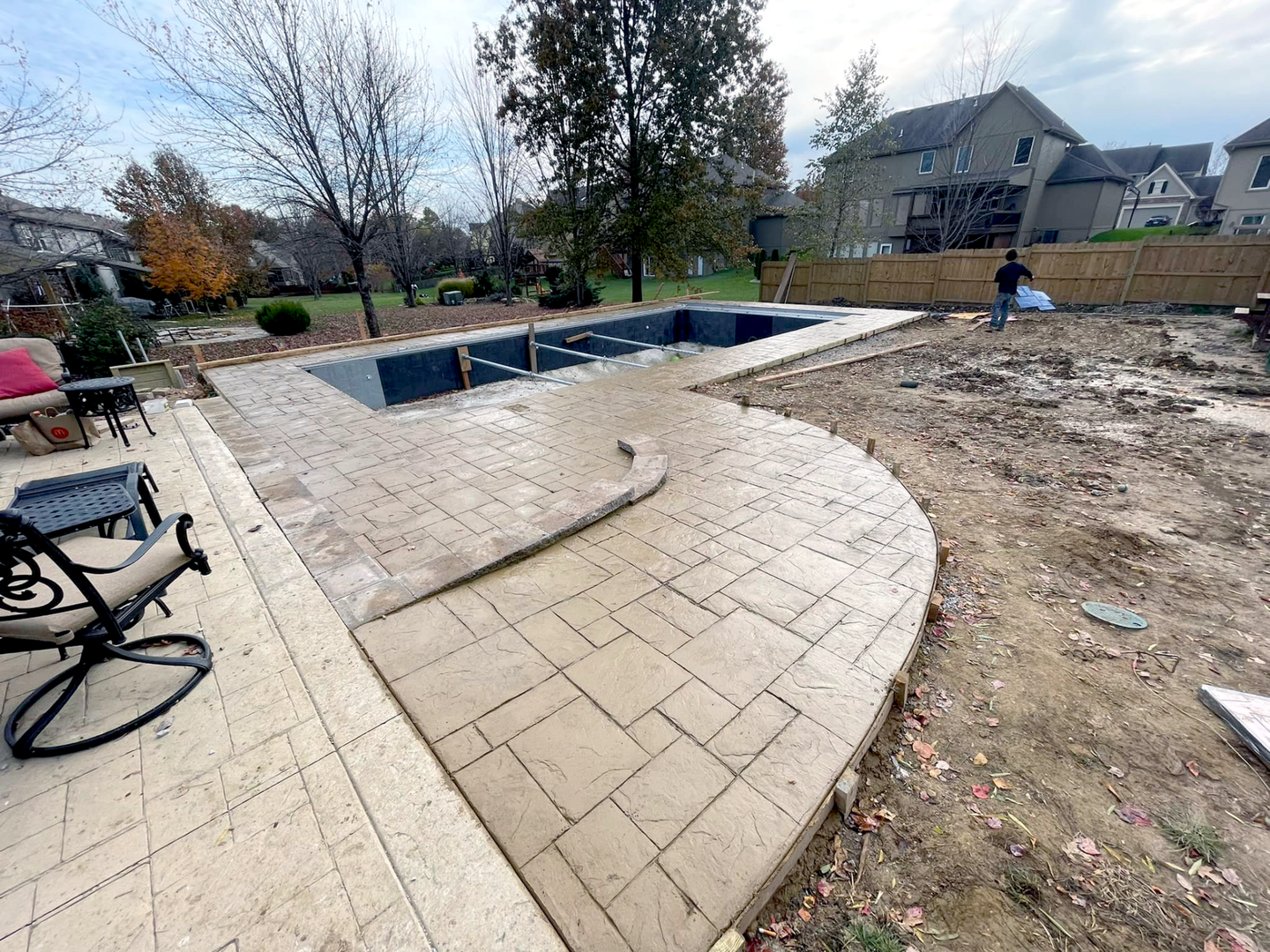
Slide title
Write your caption hereButton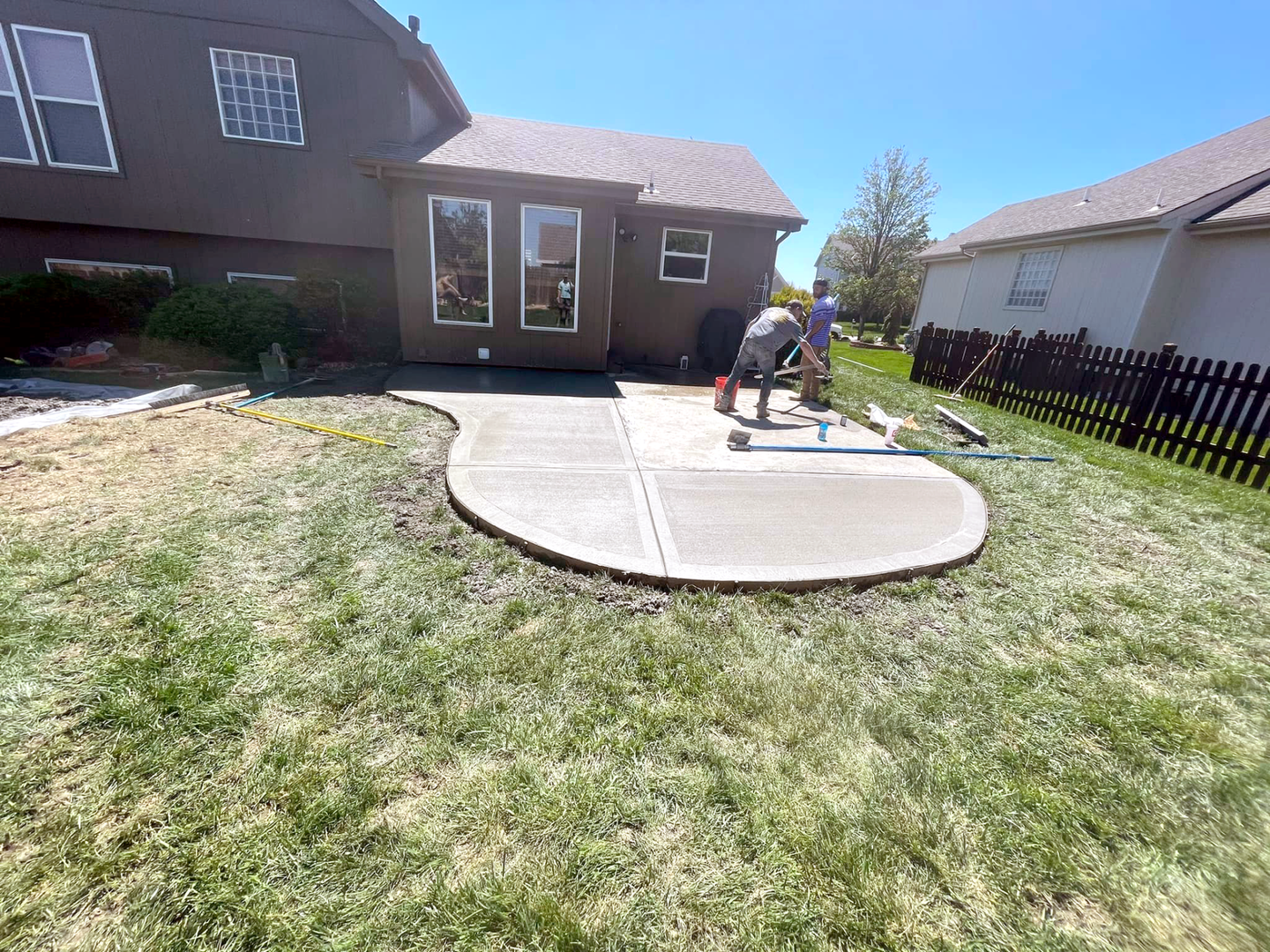
Slide title
Write your caption hereButton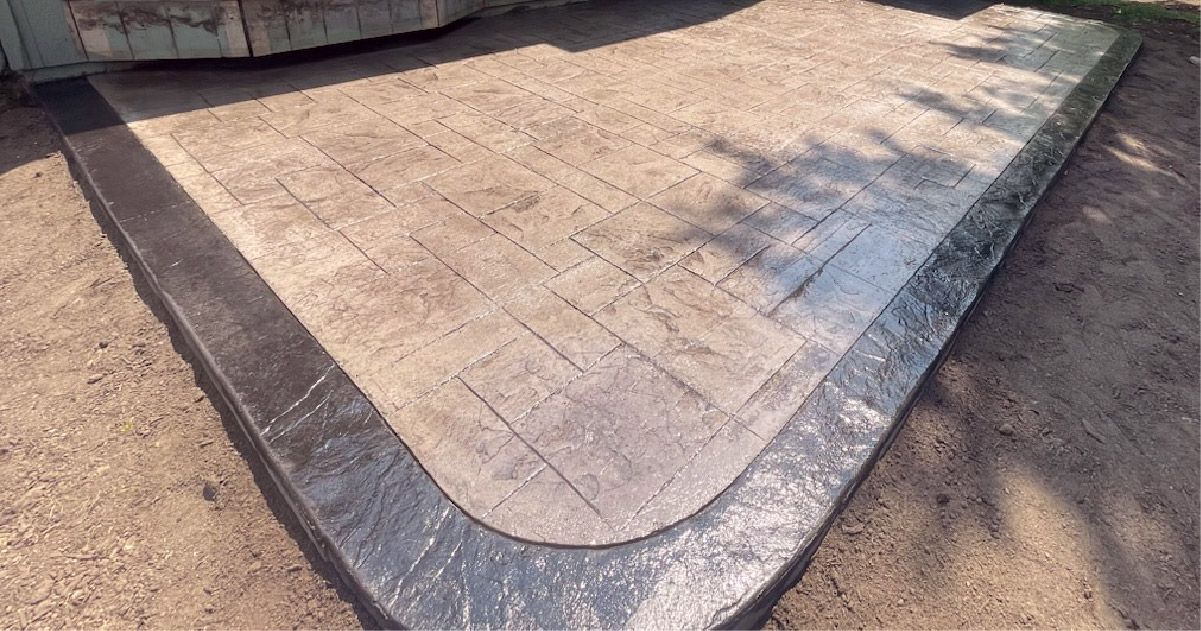
Slide title
Write your caption hereButton
Slide title
Write your caption hereButton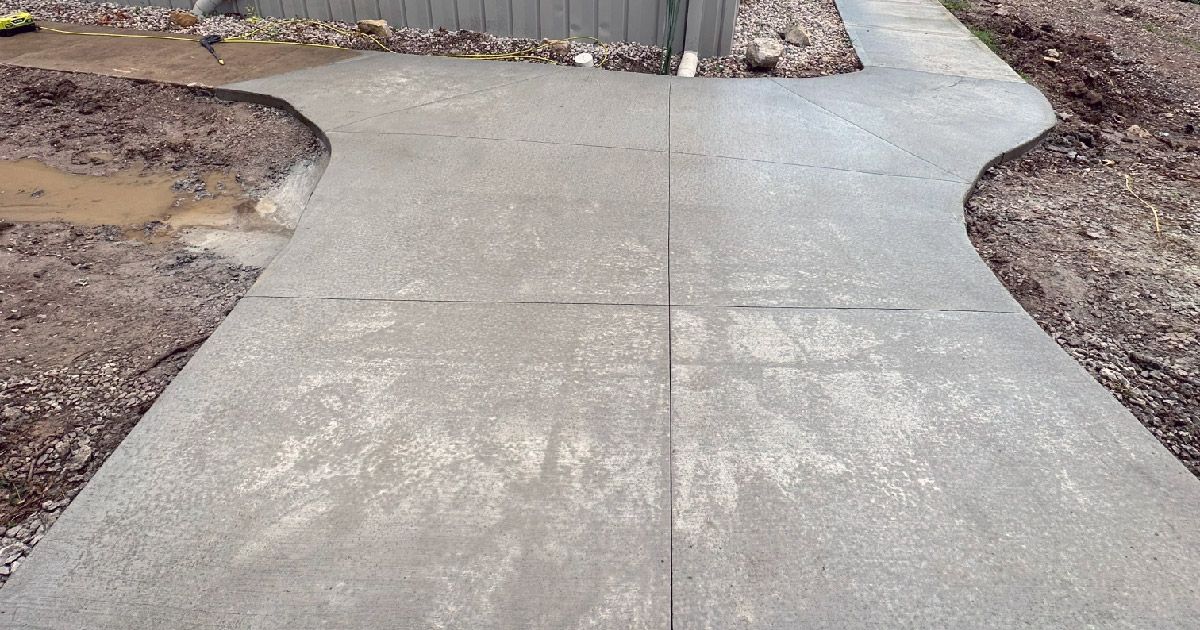
Slide title
Write your caption hereButton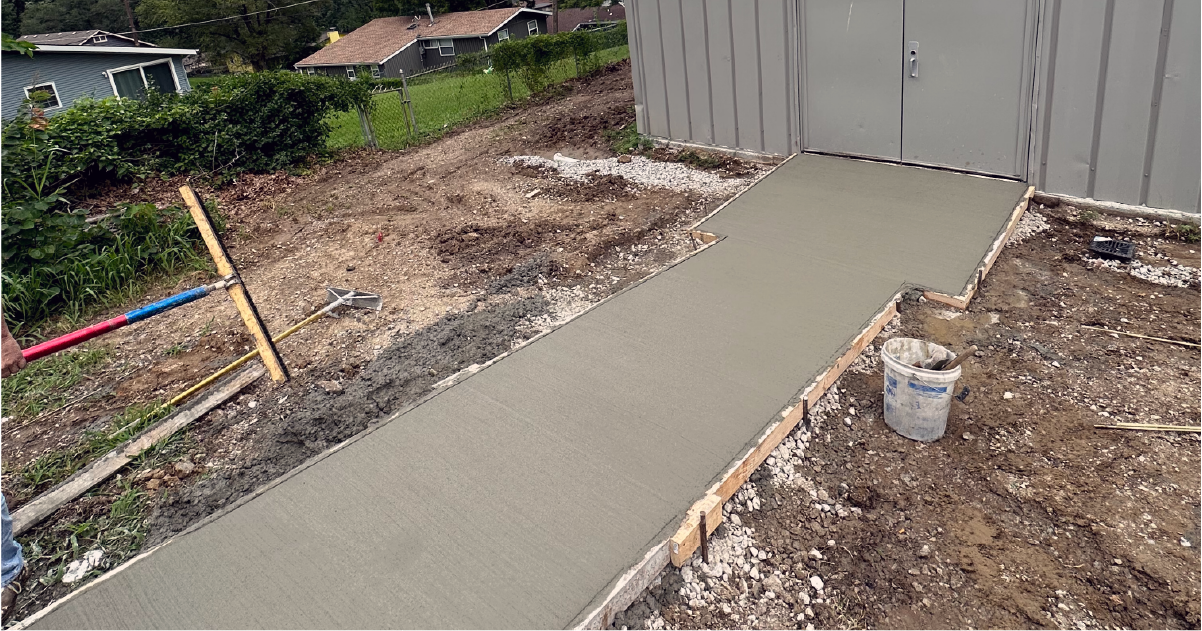
Slide title
Write your caption hereButton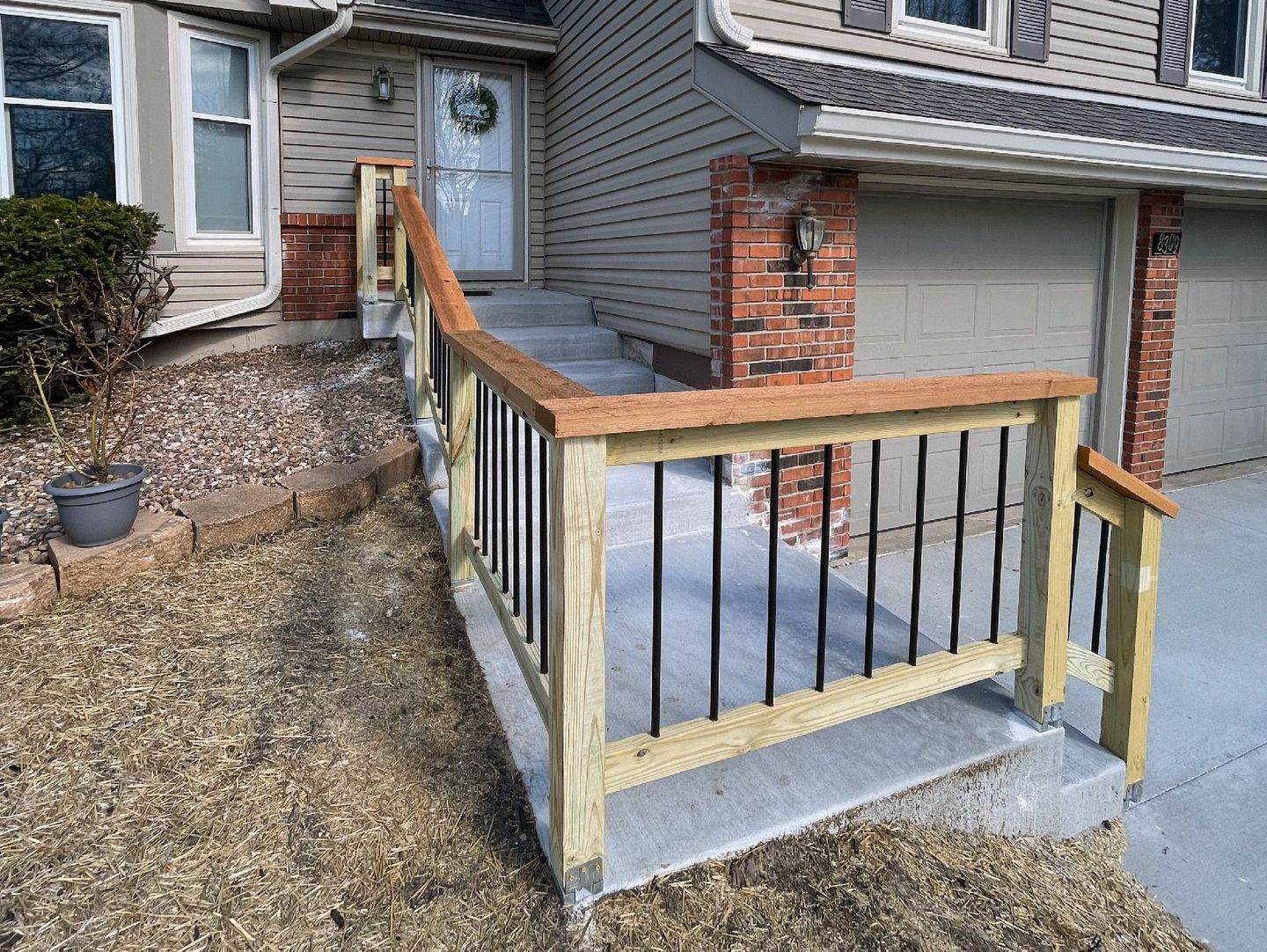
Slide title
Write your caption hereButton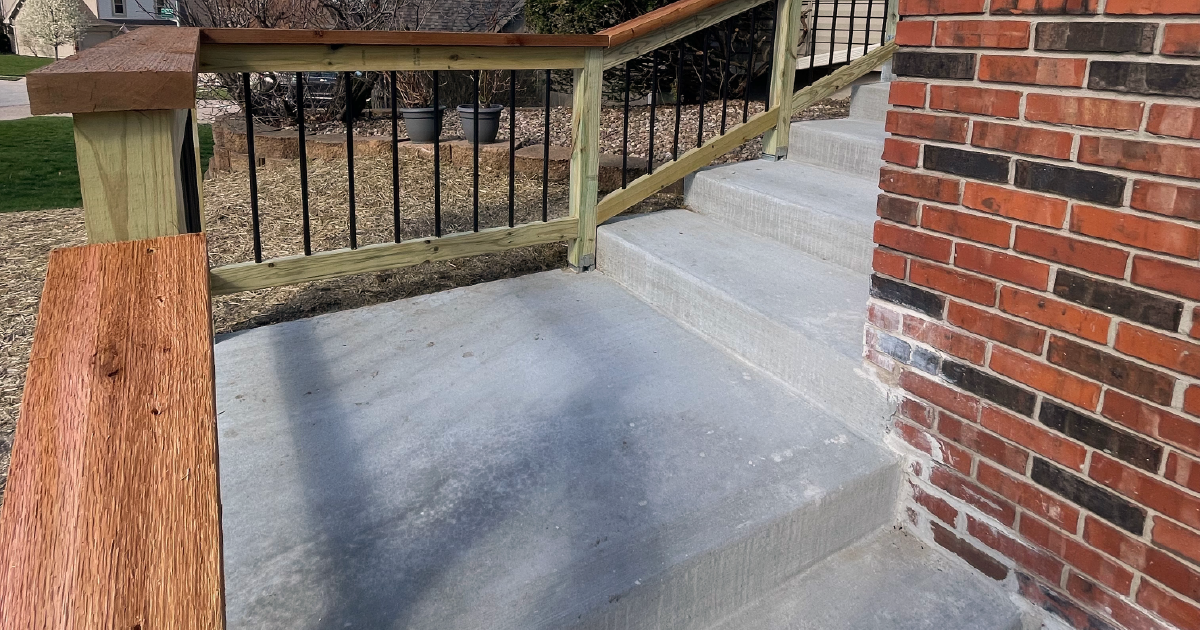
Slide title
Write your caption hereButton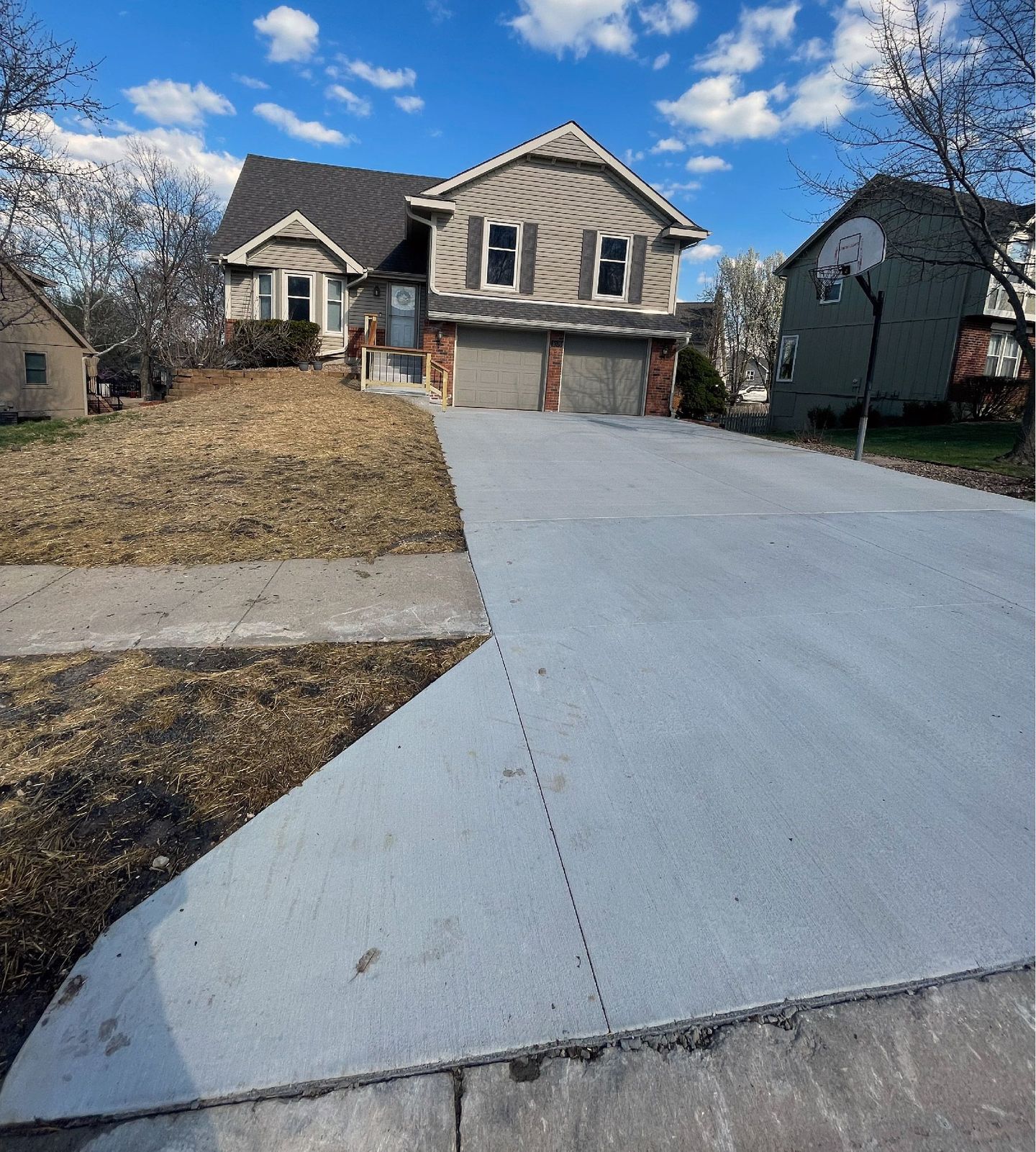
Slide title
Write your caption hereButton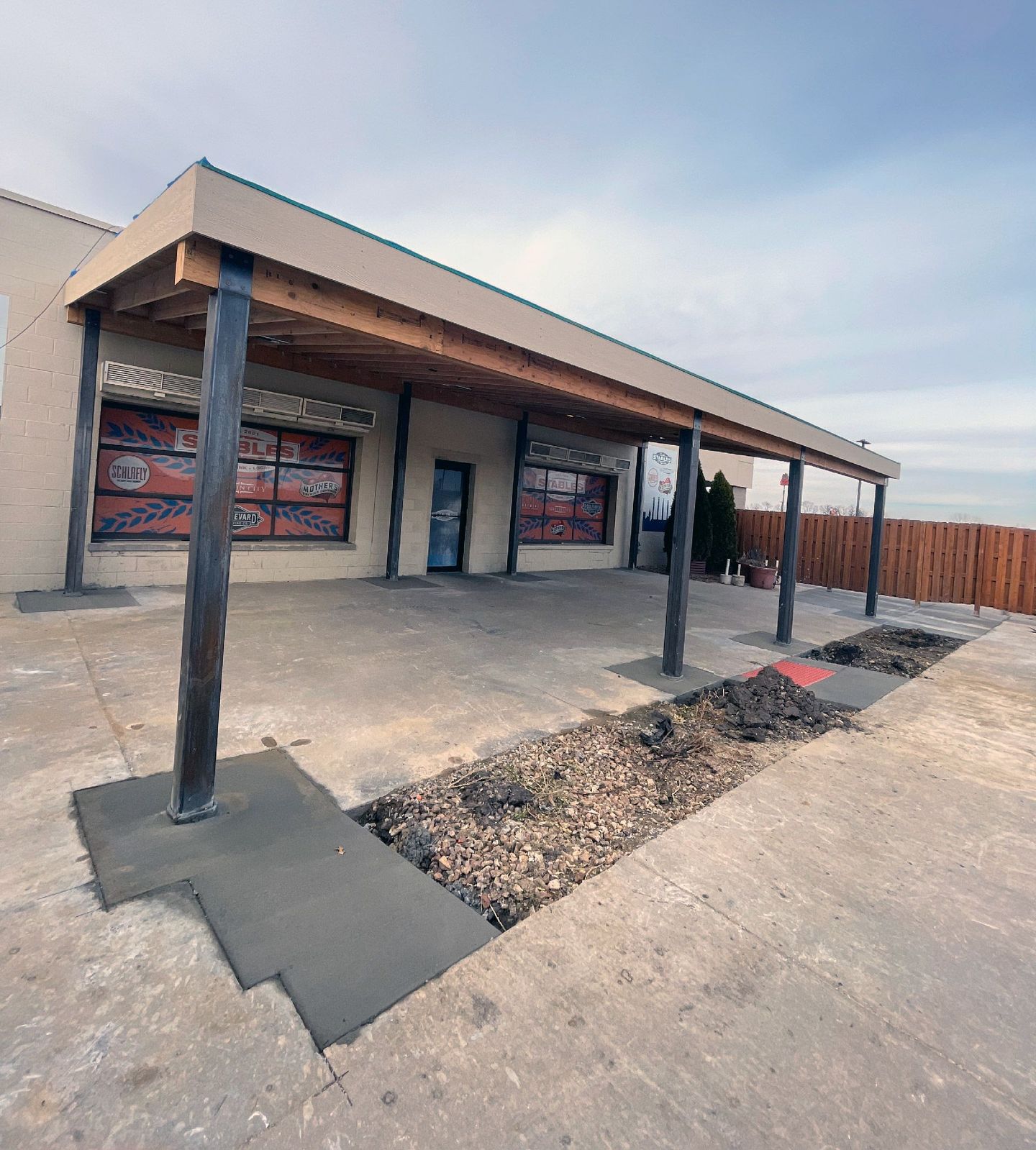
Slide title
Write your caption hereButton
Service Locations
List of Services
-
Kansas City, MO Write a description for this list item and include information that will interest site visitors. For example, you may want to describe a team member's experience, what makes a product special, or a unique service that you offer.
Item Link List Item 1 -
North Kansas City, MO Write a description for this list item and include information that will interest site visitors. For example, you may want to describe a team member's experience, what makes a product special, or a unique service that you offer.
Item Link List Item 2 -
Gladstone, MO Write a description for this list item and include information that will interest site visitors. For example, you may want to describe a team member's experience, what makes a product special, or a unique service that you offer.
Item Link List Item 3 -
Liberty, MO Write a description for this list item and include information that will interest site visitors. For example, you may want to describe a team member's experience, what makes a product special, or a unique service that you offer.
Item Link List Item 4 -
Overland Park, KS Write a description for this list item and include information that will interest site visitors. For example, you may want to describe a team member's experience, what makes a product special, or a unique service that you offer.
Item Link -
Olathe, KS Write a description for this list item and include information that will interest site visitors. For example, you may want to describe a team member's experience, what makes a product special, or a unique service that you offer.
Item Link -
Kansas City, KS Write a description for this list item and include information that will interest site visitors. For example, you may want to describe a team member's experience, what makes a product special, or a unique service that you offer.
Item Link -
Leavenworth, KS Write a description for this list item and include information that will interest site visitors. For example, you may want to describe a team member's experience, what makes a product special, or a unique service that you offer.
Item Link -
Lee's Summit, MO Write a description for this list item and include information that will interest site visitors. For example, you may want to describe a team member's experience, what makes a product special, or a unique service that you offer.
Item Link -
Raytown, MO Write a description for this list item and include information that will interest site visitors. For example, you may want to describe a team member's experience, what makes a product special, or a unique service that you offer.
Item Link -
Independence, MO Write a description for this list item and include information that will interest site visitors. For example, you may want to describe a team member's experience, what makes a product special, or a unique service that you offer.
Item Link -
Blue Springs, MO Write a description for this list item and include information that will interest site visitors. For example, you may want to describe a team member's experience, what makes a product special, or a unique service that you offer.
Item Link -
Kearney, MO Write a description for this list item and include information that will interest site visitors. For example, you may want to describe a team member's experience, what makes a product special, or a unique service that you offer.
Item Link -
Smithville, MO Write a description for this list item and include information that will interest site visitors. For example, you may want to describe a team member's experience, what makes a product special, or a unique service that you offer.
Item Link -
Excelsior Springs, MO Write a description for this list item and include information that will interest site visitors. For example, you may want to describe a team member's experience, what makes a product special, or a unique service that you offer.
Item Link -
Parkville, MO Write a description for this list item and include information that will interest site visitors. For example, you may want to describe a team member's experience, what makes a product special, or a unique service that you offer.
Item Link -
Platte City, MO Write a description for this list item and include information that will interest site visitors. For example, you may want to describe a team member's experience, what makes a product special, or a unique service that you offer.
Item Link -
Lenexa, KS Write a description for this list item and include information that will interest site visitors. For example, you may want to describe a team member's experience, what makes a product special, or a unique service that you offer.
Item Link
Testimonials
-
"
Button“We will forever recommend Kaleb and his team to anyone who needs concrete work. It was so important to us to have someone who had great communication and would respect our yard and home. Kaleb and his team showed up on time and completed our projects within a couple days. Kaleb is very knowledgeable in his field and is a true professional. His team members are also very friendly and nice. Kaleb was easy to work with especially when we changed our minds a couple times on what we wanted. We absolutely love our patio and can’t wait to design and decorate it. Our stoop to our front door is back to working order and looks great. I highly recommend KCH Services for all concrete projects.”
Jessica Herzberg
-
"
Button“We had three cement contractors evaluate our driveway and KCH Services won this bid hands down. Kaleb listened to our concerns, and was able to provide a solution that not only met our request but was well within our budget. Kaleb and his team did EXACTLY what we requested.
They were not only on time but courteous and very upfront about what we could expect. They surpassed our expectations.
In short, I can’t say enough positive things about KCH Services. I’m generally skeptical about contractors but Kaleb and his team were professional. Believe me when I say, “They were top notch”. You won’t be disappointed with their work.”
Jeff Williamson
-
"
Button“Positive: Professionalism, Punctuality, Quality, Responsiveness, Value
My experience with KCH Concrete Services was excellent. Work was done in a very timely manner they were very professional. I would highly recommend them for any concrete work you may need done.
Services: Concrete sidewalk building, Concrete cutting”
Joe Ingram
FAQ
-
How long before you cand drive on concrete?
Generally speaking, you can drive on concrete after 7 days, but it is best to wait 28 days for the concrete to reach its full strength. This is especially important for heavier vehicles, such as trucks and SUVs.
During the curing process, concrete is vulnerable to damage from weight and pressure. Driving on concrete before it has fully cured can cause cracks, tire marks, and other damage. It can also reduce the overall lifespan and durability of the concrete.
Here is a general timeline for driving on concrete:
24 hours: You can walk on the concrete, but avoid dragging or rolling heavy objects across it.
48 hours: You can drive on the concrete with a light vehicle, such as a car. However, avoid driving near the edges of the concrete, as these areas are more vulnerable to damage.
7 days: You can drive on the concrete with a heavier vehicle, such as a truck or SUV. However, it is still best to be cautious and avoid driving near the edges of the concrete.
28 days: The concrete has reached its full strength and you can drive on it without any restrictions.
-
How to choose a driveway color?
To choose a driveway color, you should consider the following factors:
The exterior color of your home. The driveway should complement the colors of your home, but it doesn't have to be the exact same color. For example, if you have a brick home, you could choose a concrete driveway in a lighter or darker shade of brick.
The style of your home. If you have a traditional home, you might want to choose a classic driveway color like gray or tan. If you have a modern home, you might want to choose a more contemporary color like black or white.
The size and shape of your driveway. Lighter colors can make a narrow or short driveway look wider. Darker colors can make a long or wide driveway look narrower.
The climate where you live. If you live in a hot climate, you might want to choose a lighter color to reflect heat and keep your driveway cooler. If you live in a cold climate, you might want to choose a darker color to absorb heat and help keep your driveway snow-free.
Your personal preferences. Ultimately, the best way to choose a driveway color is to pick a color that you like and that you think will look good with your home.
-
How hot does concrete get in the sun?
Concrete can get very hot in the sun, especially on a hot day. On a typical summer day, concrete in direct sunlight can reach temperatures of 135 degrees Fahrenheit (57 degrees Celsius) or higher. In extreme cases, concrete has been known to reach temperatures of 180 degrees Fahrenheit (82 degrees Celsius) or more.
There are a few factors that can affect how hot concrete gets in the sun, including:
The air temperature: The hotter the air temperature, the hotter concrete will get.
The color of the concrete: Darker colors absorb more heat than lighter colors, so darker concrete will get hotter than lighter concrete.
The amount of sunlight the concrete is exposed to: Concrete in direct sunlight will get hotter than concrete in the shade.
The type of concrete mix used: Some concrete mixes are more resistant to heat than others.
It is important to be aware of how hot concrete can get in the sun, especially if you have children or pets. Concrete that is too hot can cause burns, so it is important to wear shoes when walking on concrete in the sun and to avoid letting children and pets walk on hot concrete without shoes.
-
What is cheaper wood deck or concrete patio?
In general, a concrete patio is cheaper than a wood deck. The average cost of a concrete patio is $4 per square foot, while the average cost of a wood deck is $6 per square foot. However, the actual cost of a concrete patio or wood deck will vary depending on a number of factors, such as:
The size and shape of the patio or deck
The type of materials used
The complexity of the design
The cost of labor in your area
-
Is stamped concrete durable?
Yes, stamped concrete is durable. It is a popular choice for driveways, patios, and other outdoor surfaces because it is both attractive and long-lasting. When properly installed and maintained, stamped concrete can last for 25-50 years.
Stamped concrete is made by pouring a layer of concrete over a prepared surface and then stamping it with a pattern. The stamps can be used to create a variety of different patterns, such as brick, cobblestone, or flagstone. Once the concrete has cured, a sealant is applied to protect it from stains and weathering.
Stamped concrete is very durable and can withstand a lot of wear and tear. It is also resistant to cracking, chipping, and fading. However, it is important to note that no concrete surface is completely indestructible. Over time, even stamped concrete can develop cracks or other damage. However, with proper maintenance, stamped concrete can last for many years.
-
Are cracks in garage floor normal?
Yes, cracks in garage floors are normal. Concrete is a brittle material, and it is prone to cracking over time. There are a number of factors that can contribute to cracking in garage floors, including:
Age: Concrete shrinks as it dries, and this can cause cracks to form over time.
Temperature changes: Concrete expands and contracts with temperature changes, and this can also cause cracks to form.
Weight: Heavy loads on the garage floor, such as parked vehicles and storage items, can also cause cracks to form.
Settlement: If the soil underneath the garage floor settles, it can cause the concrete to crack.
Poor installation: If the garage floor was not properly installed, it is more likely to crack.
Most cracks in garage floors are minor and do not pose a structural threat. However, it is important to monitor cracks for any changes in size or depth. If you notice that a crack is getting wider or deeper, or if it is accompanied by other signs of damage, such as sinking or unevenness, you should have it repaired by a professional concrete contractor.
-
What type of concrete for basement floor?
The best type of concrete for a basement floor is a high-strength, moisture-resistant concrete mix. This type of concrete is designed to withstand the weight and pressure of heavy objects, as well as the moisture that can accumulate in basements.
A good rule of thumb is to use a concrete mix that has a compressive strength of at least 3,000 psi (pounds per square inch). This type of concrete will be strong enough to withstand the weight of vehicles, furniture, and other heavy objects.
In addition to strength, it is also important to choose a concrete mix that is moisture-resistant. This will help to prevent water from seeping into the concrete and causing damage. A good way to ensure that your concrete mix is moisture-resistant is to look for a mix that contains a water repellent additive.
-
What causes sidewalks to buckle?
Sidewalks can buckle for a number of reasons, including:
Heat: Concrete expands and contracts with temperature changes. When it gets hot outside, concrete can expand and push up against the ground, causing the sidewalk to buckle. This is especially common in areas with extreme heat waves.
Tree roots: Tree roots can grow under sidewalks and break through the concrete, causing the sidewalk to buckle. This is especially common in older neighborhoods with large trees.
Poor drainage: If water is not properly drained away from sidewalks, it can seep into the concrete and cause it to weaken and crack. This can make the sidewalk more likely to buckle.
Heavy traffic: Sidewalks in high-traffic areas are more likely to buckle due to the wear and tear of heavy vehicles and pedestrians.
Poor construction: If sidewalks are not constructed properly, they are more likely to buckle. This is especially common in older sidewalks that were built with low-quality materials or poor construction techniques.
If you see a buckled sidewalk, it is important to report it to the appropriate authorities so that it can be repaired. Buckled sidewalks can pose a tripping hazard and can be dangerous for pedestrians and cyclists.
Let’s talk about your project
Fill out the form, or call us to set up a meeting at
We will get back to you as soon as possible.
Please try again later.


